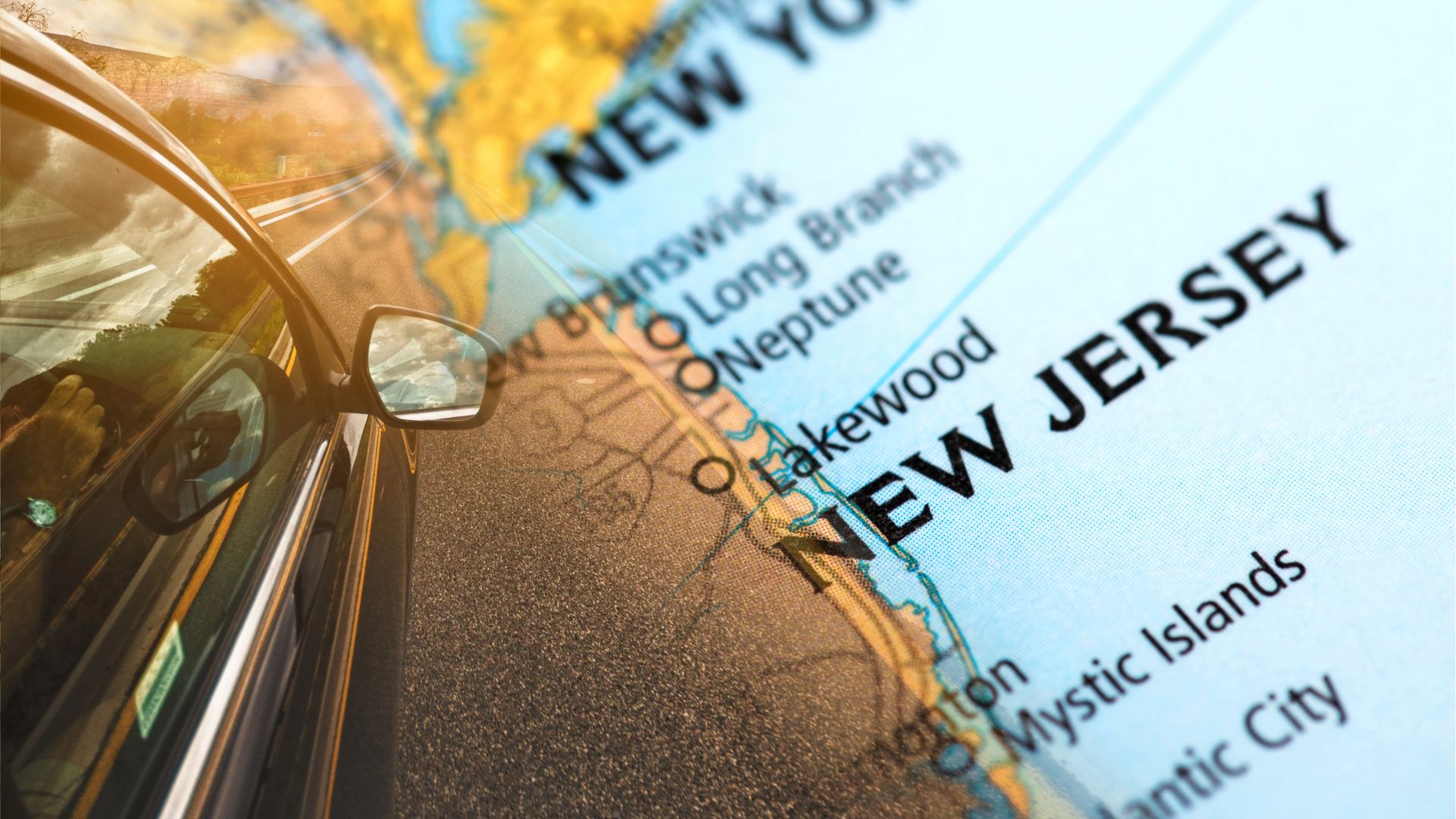New Jersey’s Rising Auto Insurance Costs: History, Challenges, and What’s Next
Once upon a time—not too long ago—New Jersey’s auto insurance market teetered on the brink of collapse. Premiums were sky-high (we’re talking highest-in-the-nation levels), and insurers were practically running for the exits. Throw in rampant fraud, legal wrangling, and a Wild West claims environment, and you had a perfect storm. Back then, lawmakers stepped in with targeted reforms to bring order to chaos. Rates stabilized, insurers stayed put, and residents could finally afford coverage. But here we are again, facing some familiar and frustrating challenges.
The Big Picture on Higher Premiums
Today, New Jersey drivers are staring down an average annual premium of $2,400 for full coverage. That’s enough to make your wallet wince, and it’s one of the highest averages in the nation. Following a 17.2% jump in 2025, many households are struggling to cover costs. With grocery prices climbing, utility bills piling up, and rent demanding its hefty share, affording your car insurance can feel like a luxury—not a legal necessity.
The driving forces behind this spike? A mix of old villains like fraud, drawn-out legal battles, and over-the-top settlement demands. Insurance costs aren’t just rising because of demand or accidents; they’re skyrocketing because claims themselves are far more expensive to resolve. And as any insured driver can tell you, when insurers pay more, we all pay more.
A Closer Look at Fraud and Litigation
Fraud is ballooning, and to call it a “problem” would be an understatement. For example, New Jersey saw a staggering 58% surge in staged auto accidents in a single year. These aren’t your average fender-benders. Staged accidents are elaborate schemes designed to milk the system for every cent, often involving crooked medical providers and attorneys. For every fraudulent claim successfully staged, an insurer incurs costs they pass down to policyholders. That means you, the honest driver, are footing the bill for someone else’s ill-gotten gains.
Then there’s the issue of litigation. Research shows that many claimants now lawyer up before even speaking to their insurer. Blame it partly on the 642,000 legal service ads plastering New Jersey’s airwaves, internet, and billboards in recent years. These ads not only encourage lawsuits but normalize them as the go-to first step after an accident. And while there’s definitely a time and place for legal action, frivolous or exaggerated lawsuits drag out the claims process, escalate settlement costs, and ultimately inflate premiums.
A Proposed Fix for a Fractured Market
Enter the Car Insurance Reduction Act. Think of it as New Jersey lawmakers’ latest attempt to hit the brakes on runaway premiums. The legislation’s ambitious goals include curbing fraud, improving rate transparency, and incentivizing safe driving. Here’s the quick breakdown of what it aims to do:
- Crack down on fraud by enhancing reporting standards and bolstering collaboration between the Department of Banking and Insurance and the Office of the Insurance Fraud Prosecutor.
- Promote transparency by requiring insurers to explain exactly how your premium is calculated (spoiler alert: no more guessing and headaches over whether your credit score or education level is playing a role).
- Reward safe driving with tangible discounts, tracked via telematics systems like smartphone apps or in-car devices.
Supporters believe the legislation is a necessary shot in the arm for a market dragging under old, persistent issues. Prohibiting insurers from relying on non-driving factors to set rates, for instance, would prevent lower-income drivers from being unfairly penalized. Meanwhile, safe-driving discounts could motivate us to avoid those yellow-light gambles we sometimes make.
Not Everyone’s Sold
Of course, critics argue this isn’t a one-size-fits-all fix. Insurance providers caution that banning the use of factors like credit could actually make rates less reflective of risk. After all, if your driving record doesn’t paint the whole picture of how likely you are to file a claim, what does? Some also point out that implementing the proposed measures could bring significant administrative costs, at least in the short term.
And while fraud prevention efforts are widely supported, skeptics say they may take years to produce any tangible results, leaving drivers without immediate relief. There’s also a concern that attempts to limit legal action could hinder legitimate claimants seeking fair settlements.
What Needs to Happen Next?
Here’s the reality: skyrocketing auto insurance rates aren’t anyone’s idea of fun, but solving this problem will take a collective effort. For residents, it starts with vigilance. Report suspicious accidents. Drive safely. And if you’re unhappy with your rates, shop around; transparency tools are becoming increasingly available. For policymakers, it’s about finding the sweet spot between effective reform and fairness. Striking that balance takes careful planning, but history shows it’s possible.
The short-term pain of reform implementation might sting, but without action, New Jersey risks again reaching a breaking point. Residents need affordable coverage to keep their lives moving, and insurers need a stable environment to thrive. The solution isn’t easy, but it’s far from impossible. It starts with a willingness to tackle those recurring villains head-on and to protect the market’s most important players: the everyday drivers logging miles on Garden State roads.


